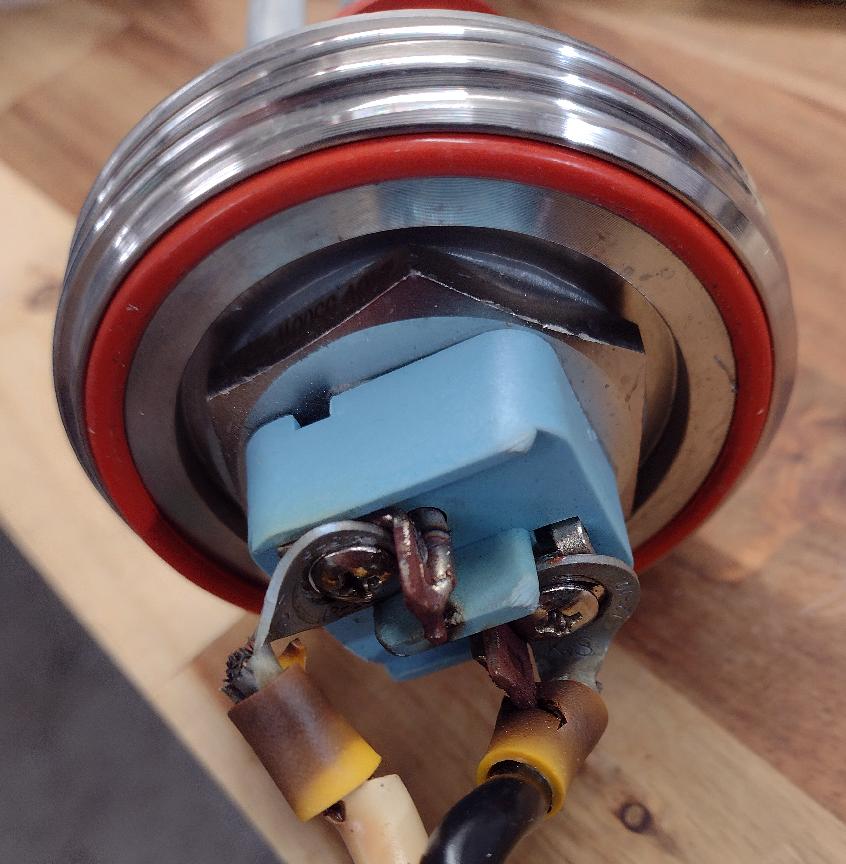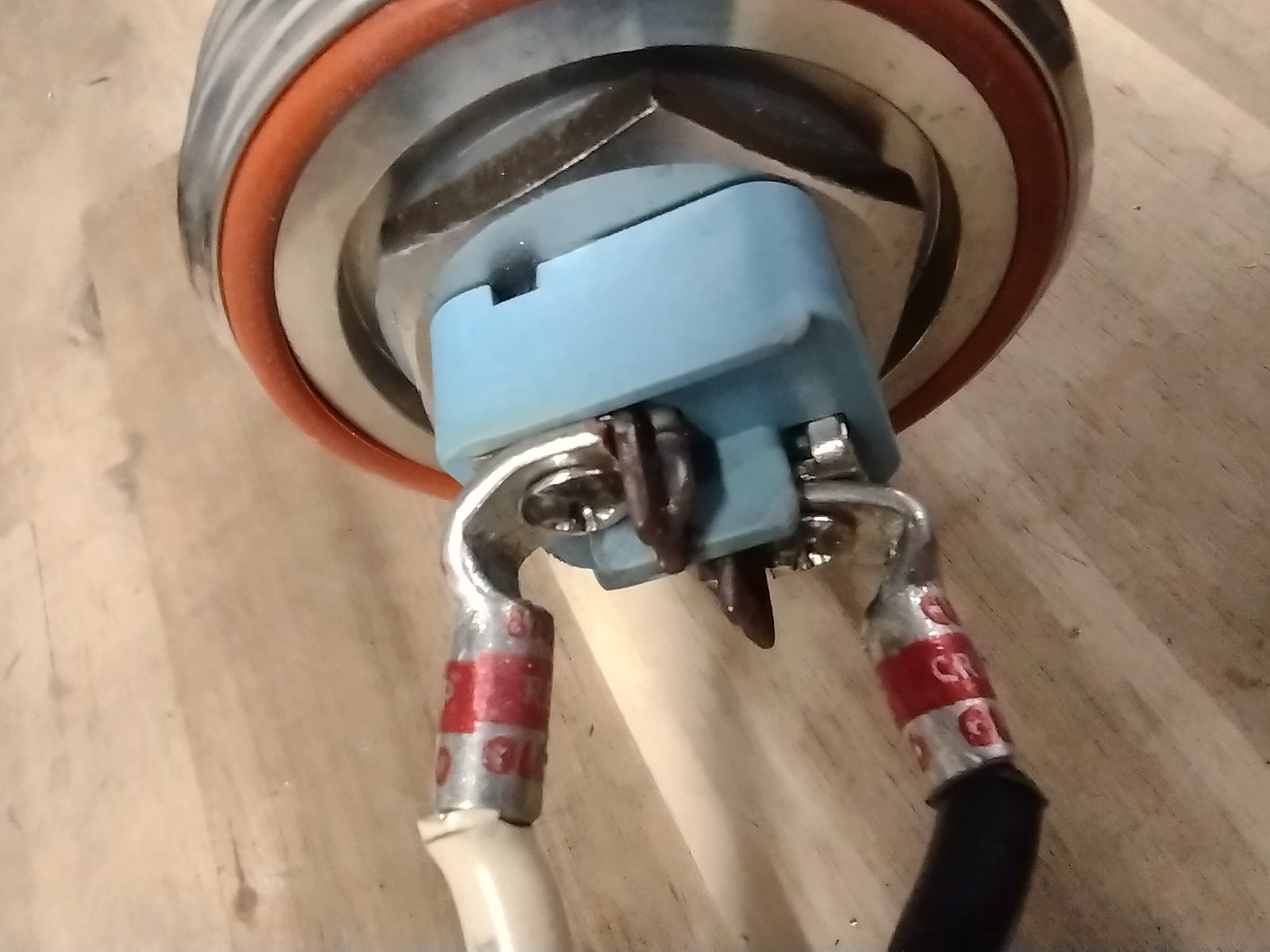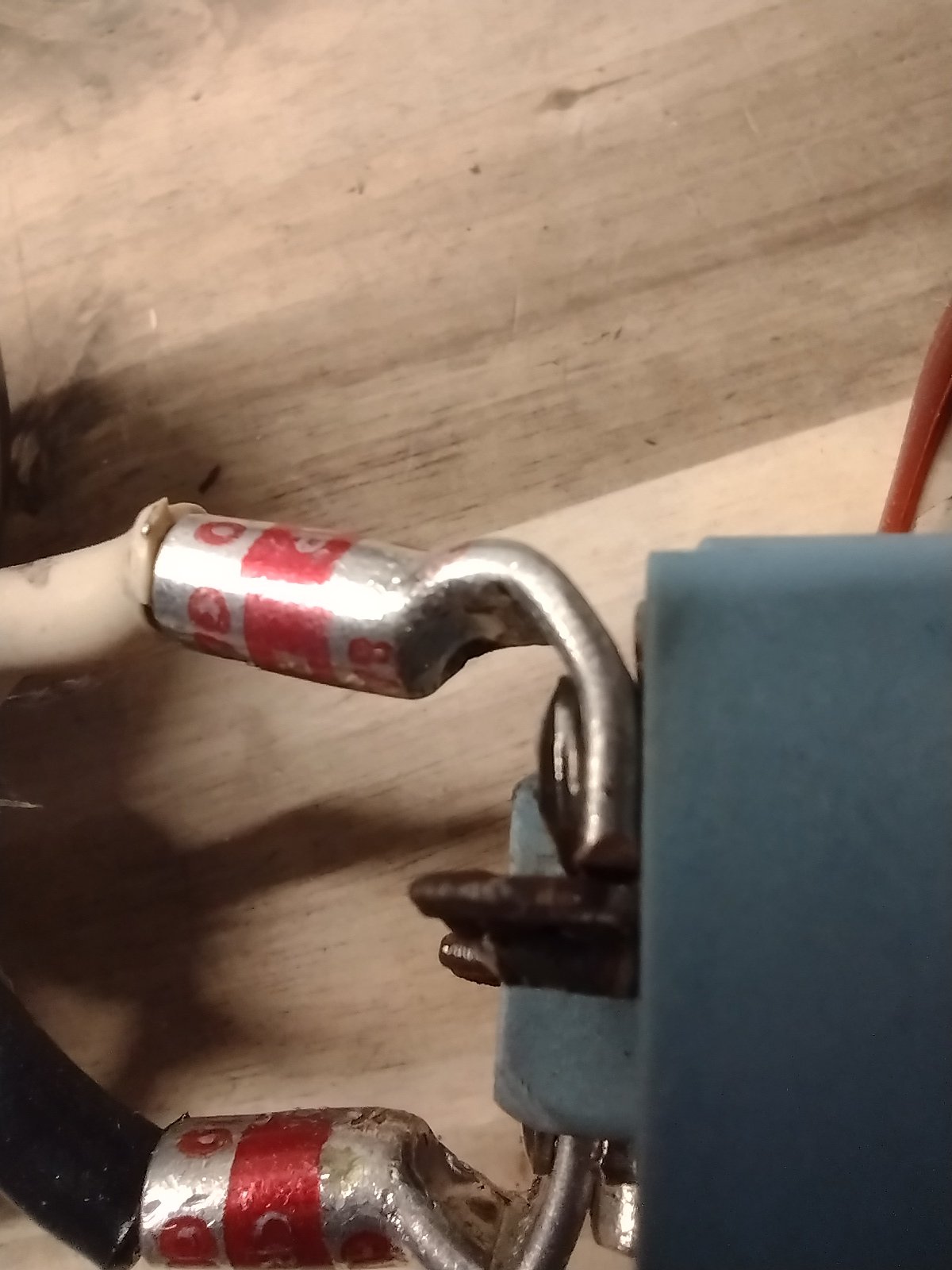Yeah... you'd never want to use acid flux, per se, on wiring connections.
There are many different fluxes available and 60/40 or 63/37 general electrical/electronics solder types with varying degrees of flux agressiveness and some "no clean" varieties that many still clean.
Well off on a tangent now...
There are many different fluxes available and 60/40 or 63/37 general electrical/electronics solder types with varying degrees of flux agressiveness and some "no clean" varieties that many still clean.
Well off on a tangent now...



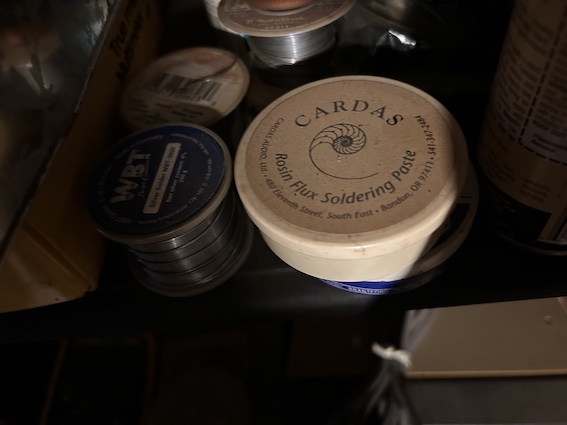
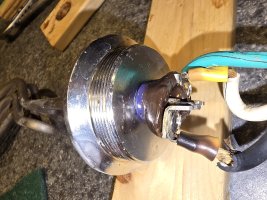
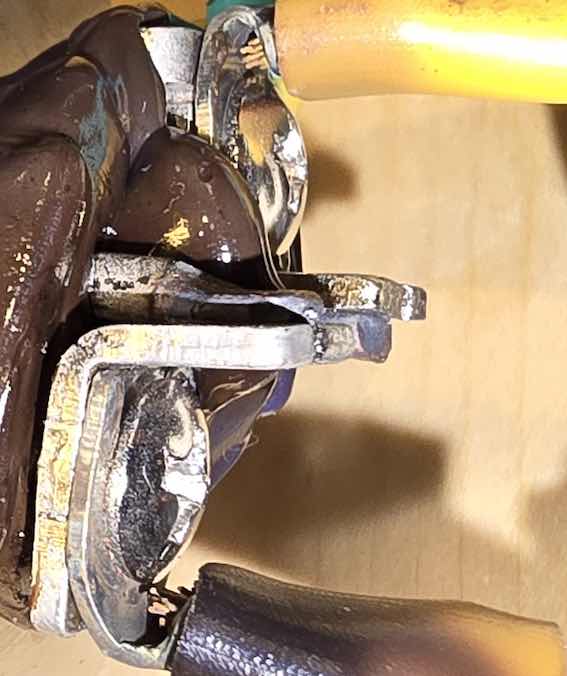



















![Craft A Brew - Safale BE-256 Yeast - Fermentis - Belgian Ale Dry Yeast - For Belgian & Strong Ales - Ingredients for Home Brewing - Beer Making Supplies - [3 Pack]](https://m.media-amazon.com/images/I/51bcKEwQmWL._SL500_.jpg)





































